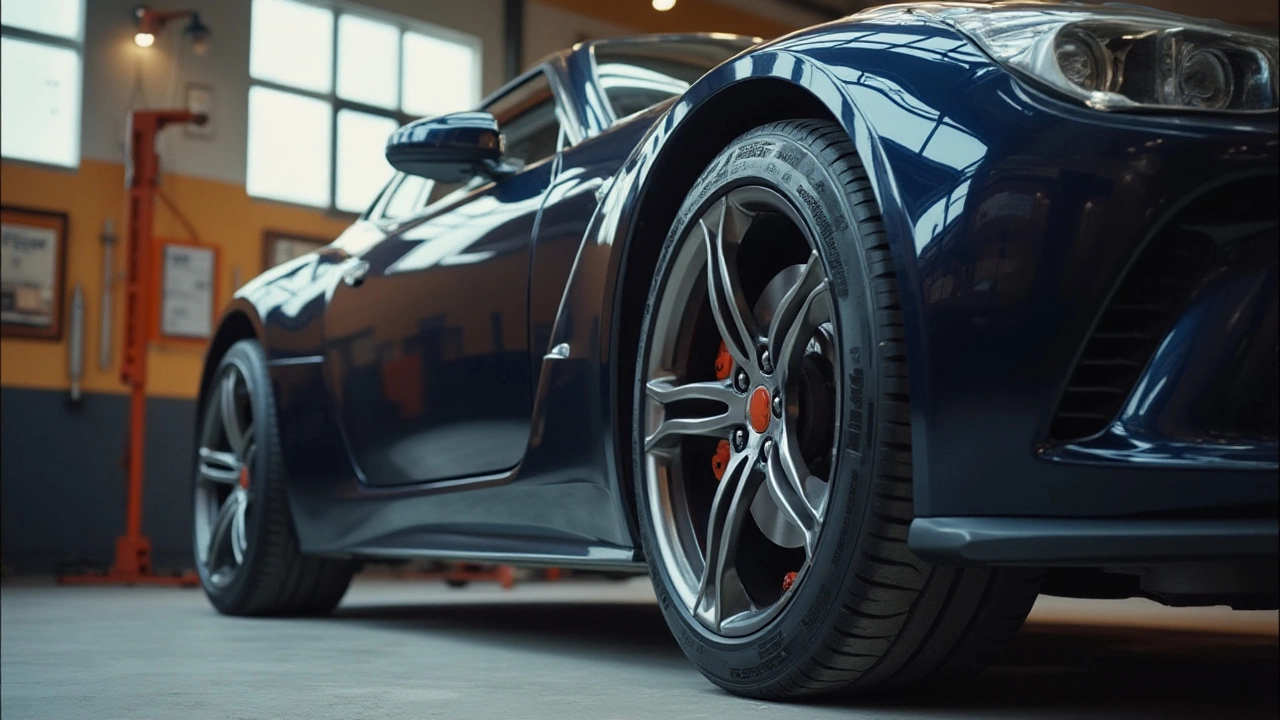1 Inch Spacers: What They Do and How to Use Them
Thinking about adding a little extra width to your wheels? A 1 inch spacer can give your car a wider stance, a more aggressive look, and sometimes even a bit more grip. But before you bolt on anything, you need to know what you’re getting into. Below we’ll break down why people choose 1 inch spacers, what to watch out for, and a simple step‑by‑step guide to install them safely.
Why Choose 1 Inch Spacers?
First off, the biggest reason drivers reach for spacers is aesthetics. Pushing the wheels out a little makes the tire sidewalls visible, which many car fans find looks sportier. Beyond looks, a 1 inch spacer can improve wheel offset, helping the tire sit in a better position for traction. This can be useful on rear‑drive cars that need a bit more grip when cornering.
Another perk is clearance. Some brake calipers are bulky, and a small spacer can give you the extra room you need without chopping the wheel. It can also help you fit larger wheels or lower profile tires without rubbing the fender.
That said, spacers aren’t a free lunch. Adding width changes the wheel’s load path, which can affect steering feel and tire wear. If you’re not careful, you might notice a slightly tighter turn radius or uneven wear on the inner edge of the tire. Most of these issues are minor with a 1 inch spacer, but they’re worth keeping in mind.
How to Install 1 Inch Spacers Safely
Ready to install? Here’s a quick rundown that works for most cars. You’ll need a jack, jack stands, a torque wrench, and the correct set of spacers for your wheel bolt pattern.
1. **Lift the car** – Jack up the wheel you’re working on and secure it with a stand. Never rely on the jack alone.
2. **Remove the wheel** – Take off the lug nuts, then pull the wheel off the hub.
3. **Fit the spacer** – Slide the spacer onto the hub. Most spacers have a set of lug holes that line up with the hub’s bolts. If the spacer uses a hub‑centric design (a small lip that matches the hub’s diameter), you’ll get a tighter fit and less vibration.
4. **Bolt the spacer** – Place the wheel back on top of the spacer. Hand‑tighten the lug nuts, then use a torque wrench to tighten them to the manufacturer’s spec. Many spacers require a higher torque rating because the bolts are now longer.
5. **Check clearance** – Spin the wheel and make sure there’s no rubbing against the brake caliper, suspension, or fender. If you see any contact, you may need a different offset or a slightly larger spacer.
6. **Lower the car and re‑torque** – Bring the car back down, then re‑torque the lug nuts after a short drive (about 50 miles). This ensures everything settled correctly.
Pro tip: Always use a lock‑ring or a spacer with a built‑in locking mechanism. It prevents the spacer from turning on the hub when you tighten the lug nuts.
When installed correctly, a 1 inch spacer is a low‑cost way to tweak your car’s stance and fit larger brakes. Keep an eye on tire wear and handling changes, and you’ll enjoy the wider look without surprises.
Remember, spacers are not a substitute for proper wheel alignment. After fitting them, get a quick alignment check to make sure your steering geometry is still spot‑on.
Bottom line: 1 inch spacers work well for most everyday drivers who want a modest visual upgrade and a bit of extra clearance. Follow the steps above, stay within torque specs, and you’ll have a safer, sharper‑looking ride.
Exploring the safety and practicality of using 1 inch wheel spacers on your vehicle. This article delves into the benefits and potential risks associated with spacers, offering tips for safe installation and insights into the changes they can bring. Readers will also find real-world examples and expert advice on making informed decisions about wheel spacers.

